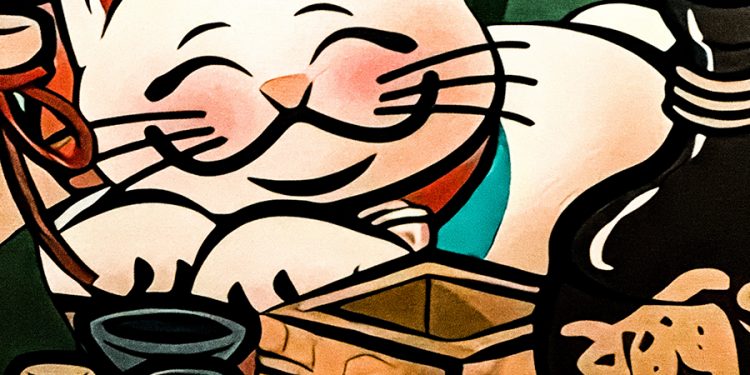A follow-up question to my story abruptly stopped the conversation within my head.
“How would you define the individuals you are describing?”
Frankly, I did not know how I would define the two individuals. What labels would I use? What reference points would I offer? How would I be fair, balanced, accurate, and insightful?
As I considered my answer, I realised I was willing to take risk on one of the characters, however I was wrestling with the other. My story had been a mix of personal insights, a situation which was still unfolding, and a potential conundrum for everyone involved. My reluctance centred on the simple reality of self-definition. How would I define myself in context of the two characters in the story.
In the space I created to reflect, I found myself drifting through a recent memory over dinner in a Japanese restaurant in Singapore. The contemporary walls were covered with paintings. During the course of dinner that evening, there was a ongoing question left on the table. “How would I define the painting nearest to us?”
At the time, I was open in the questions the question created. Is the painting to be defined by its style? Is the painter the primary starting point for the painting? What role should the location, setting, and context play in the definition? Even as I shared the musings and questions in my mind, the question was rephrased.
“Define what you see in the painting on the wall.”
The echo from that dinner replayed itself in my reflection of the question on the table. What and who do you see in in the mirror?
In my best definition, I reflect Paul’s description of the people he knew in Rome; “You are who you are through this gift and call of Jesus Christ!” (Romans 1.6).
My answer is, “I am an apprentice of life; still learning, still falling short of my ideas, hoping to reach and be as divine as I can be in the moment. Having said this, sometimes I am a cat painted on the wall.”




